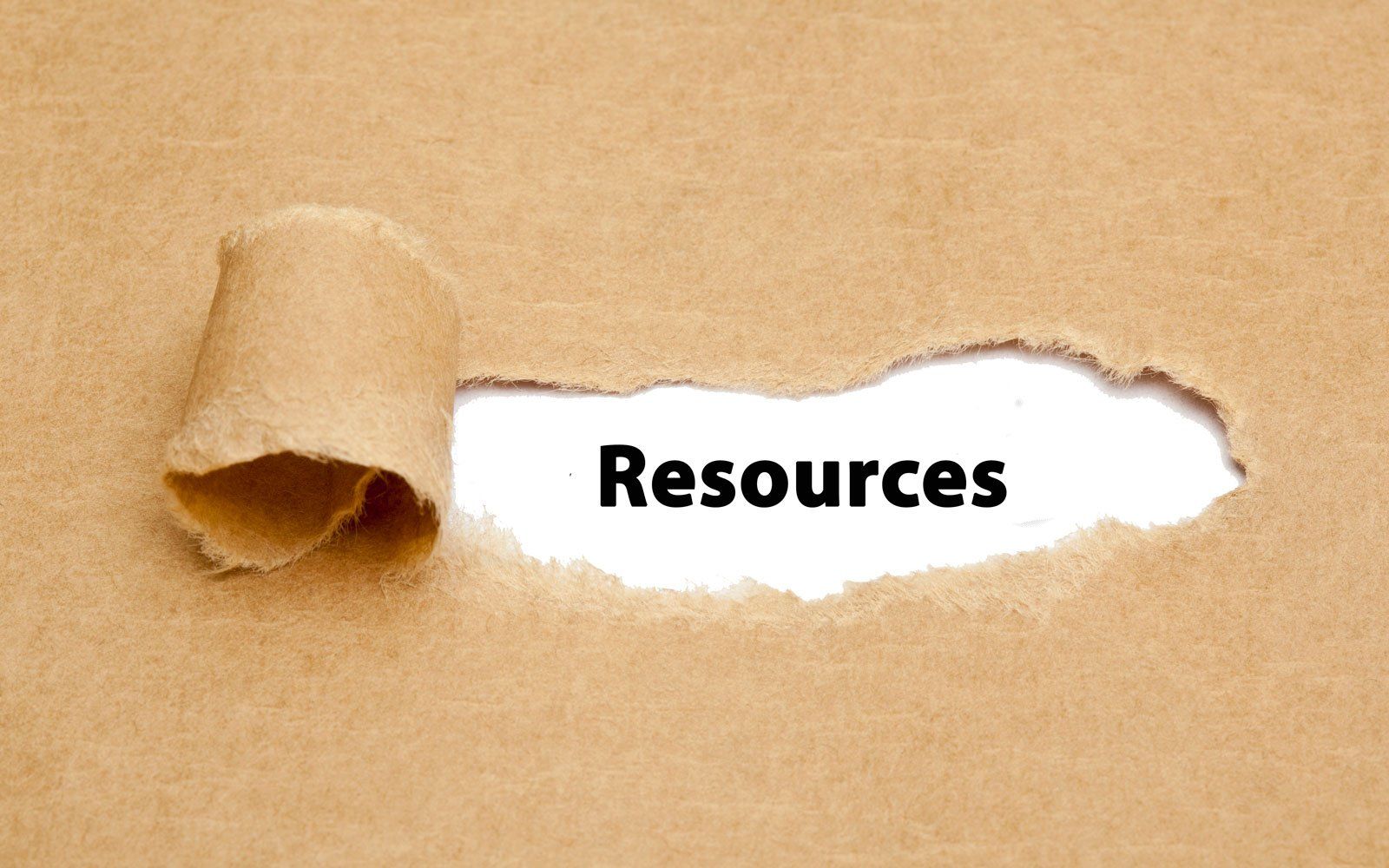Learn more about Mental Illness
Mental illness in the Chinese community is often stigmatized.
Families encountering mental illness might not know
how to communicate with patients. Where can they get help?
Mental emergency,
please call 911, ask for a CIT (Crisis Intervention Training)Officer.
All official documents
must be submitted in English.
- Crisis Management Information 5150 Crisis
- Forms AB1424
- AUTHORIZATION FOR RELEASE
Patient Right to Know Power of Attorney
"5150" Crisis
(up to 72 hour involuntary hold)
- The person is a danger to others.
- If the person is a danger to self.
- If the person is gravely disabled.
Forms
Links & PDF
- AB1424 Form Alameda County in English
- AB1424 Form Santa Clara County in English
- AB1424 Form Santa Clara County in Chinese
- AUTHORIZATION FOR RELEASE of Patient Information
Each illness has its own symptoms, but common signs of mental illness in adults and adolescents can include the following:
- Excessive worrying or fear
- Feeling excessively sad or low
- Confused thinking or problems concentrating and learning
- Extreme mood changes, including uncontrollable “highs” or feelings of euphoria
- Prolonged or strong feelings of irritability or anger
- Avoiding friends and social activities
- Difficulties understanding or relating to other people
- Changes in sleeping habits or feeling tired and low energy
- Changes in eating habits such as increased hunger or lack of appetite
- Difficulty perceiving reality (delusions or hallucinations, in which a person experiences and senses things that don't exist in objective reality)
- Inability to perceive changes in one’s own feelings, behavior or personality (”lack of insight” or anosognosia)
- Overuse of substances like alcohol or drugs
- Multiple physical ailments without obvious causes (such as headaches, stomach aches, vague and ongoing “aches and pains”)
- Thinking about suicide
- Inability to carry out daily activities or handle daily problems and stress
- An intense fear of weight gain or concern with appearance
Mental health conditions can also begin to develop in young children. Because they’re still learning how to identify and talk about thoughts and emotions, their most obvious symptoms are behavioral. Symptoms in children may include the following:
- Changes in school performance
- Excessive worry or anxiety, for instance fighting to avoid bed or school
- Hyperactive behavior
- Frequent nightmares
- Frequent disobedience or aggression
- Frequent temper tantrums
Source: NAMI.org
-
General Information
A mental illnesses is a health condition involving changes in mood, emotion, thinking, behavior (or a combination of these). Mental illnesses can disrupt a person's daily functioning and ability to relate to others.
If you think you might have a mental illness: you are not alone.
1 in 5 U.S. adults experience mental illness each year
1 in 20 U.S. adults experience serious mental illness each year
1 in 6 U.S. youth aged 6-17 experience a mental health disorder each year
50% of all lifetime mental illness begins by age 14, and 75% by age 24
Navigate the tabs below to find more information (and cited sources) on specific mental health conditions and treatment options.
-
Mood Disorders
Mood Disorders (Source: NIMH) are mental illnesses in which the underlying problem primarily affects a person’s regular emotional state (their mood). Two common mood disorders are depressive disorder (colloquially referred to as "depression") and bipolar disorder.
Depression (Source: NAMI)
Depression involves persistent feelings of sadness, hopelessness, and less interest in usual activities. While it is a serious condition and may require long-term treatment, most individuals with depression feel better with medication, psychotherapy or both.
Bipolar Disorder (Source: NAMI)
Bipolar disorder is a mental illness that involves changes in mood, energy, and activity levels. These moods range from periods of extremely “up,” elated, irritable, or energized behavior (known as manic episodes) to very “down,” sad, indifferent, or hopeless periods (known as depressive episodes). Less severe manic periods are known as hypomanic episodes.
-
Anxiety Disorders
There are many types of anxiety disorders, which all involve a variety of different symptoms. Generally, anxiety disorders are characterized by excessive feelings of fear or concern in otherwise non-threatening situations. Anxiety might manifest in the form of physical symptoms such as shortness of breath, headaches, nausea, upset stomach, and more.
Here are the most common types of anxiety disorders (please click the source above to find more comprehensive descriptions of each:
- Generalized Anxiety Disorder (GAD): a condition that involves chronic, excessive worrying over one’s everyday life
- Social Anxiety Disorder: a condition causes individuals to feel irrationally nervous or worried over social interactions
- Panic Disorder: a condition that causes individuals to have frequent episodes of panic, otherwise known as “panic attacks”, based on certain perceived threats
- Phobias: A debilitating fear of something (i.e. an object, place, situation, feeling or animal). You might have heard of “claustrophobia” which is the fear of tight, enclosed spaces. Phobias are more severe compared to regular fears, and can greatly impact someone’s life if they spend a lot of effort trying to avoid the source of their anxiety.
-
Schizophrenia
Schizophrenia is a complex, long-term mental disorder that involves continuous or relapsing episodes of psychosis, during which an individual might have trouble knowing the difference between their thoughts and reality. Symptoms of schizophrenia include delusions, hallucinations, and wanting to isolate oneself from society. However, schizophrenia does not cause people to be violent—a common misconception, and can be managed with a combination of medication and therapy.
-
Post-Traumatic Stress Disorder (PTSD)
Post-Traumatic Stress Disorder (PTSD) is a mental health condition that is triggered by witnessing or experiencing a traumatic event. While such events can incite short-term responses to many people, PTSD is a long-term condition that can persist for years (it can also lay dormant for as long as years after the incident. Symptoms can include intrusive memories, avoidance, negative changes in thinking and mood, and changes in physical and emotional reactions.
-
Attention-Deficit/Hyperactivity Disorder (ADHD)
Attention-Deficit/Hyperactivity Disorder (ADHD) is a neurodevelopmental disorder characterized by inattention, hyperactivity, and impulsivity. Generally, individuals with ADHD might find it hard to organize and finish tasks, follow instructions, or stay still for long periods of time. With an adequate treatment plan (including behavior therapy and/or medication) ADHD symptoms can be managed and individuals with ADHD can lead productive academic and vocational lives.
-
Child and Adolescent Mental Health
Symptoms of certain mental disorders often present themselves in an indvidual's childhood or adolescence, and the earlier one receives the correct treatment, the more effective it will be. Below is a list of childhood and adolescent warning signs extracted from the National Institute of Mental Health:
Young children may benefit from an evaluation and treatment if they:
- Have frequent tantrums or are intensely irritable much of the time
- Often talk about fears or worries
- Complain about frequent stomachaches or headaches with no known medical cause
- Are in constant motion and cannot sit quietly (except when they are watching videos or playing videogames)
- Sleep too much or too little, have frequent nightmares, or seem sleepy during the day
- Are not interested in playing with other children or have difficulty making friends
- Struggle academically or have experienced a recent decline in grades
- Repeat actions or check things many times out of fear that something bad may happen.
Older children and adolescents may benefit from an evaluation if they:
- Have lost interest in things that they used to enjoy
- Have low energy
- Sleep too much or too little, or seem sleepy throughout the day
- Are spending more and more time alone, and avoid social activities with friends or family
- Diet or exercise excessively, or fear gaining weight
- Engage in self-harm behaviors (such as cutting or burning their skin)
- Smoke, drink alcohol, or use drugs
- Engage in risky or destructive behavior alone or with friends
- Have thoughts of suicide
- Have periods of highly elevated energy and activity, and require much less sleep than usual
- Say that they think someone is trying to control their mind or that they hear things that other people cannot hear.
-
List of Resources
National Institute of Mental Health
(888) 826-9438
National Mental Health Association
(800) 969-6642
www.nmha.org
National Alliance for the Mentally Ill
(800) 950 - 6264
Anxiety Disorders Association of America
(301) 231-9350
Contact info
1-800-881-8502
3160 Castro Valley Blvd
Suite 210 Mailbox #15
Castro Valley CA 94546
Castro Valley Office:
3160 Castro Valley Blvd, Suite 210,
Castro Valley CA 94546
Oakland Office:
388 9TH St Suite 208, Oakland, CA 94607
Fremont Office:
38750 Paseo Padre Parkway, Suite C7,
Fremont, CA, 94536
Subscribe to our newsletter
Contact Us
We will get back to you as soon as possible
Please try again later











